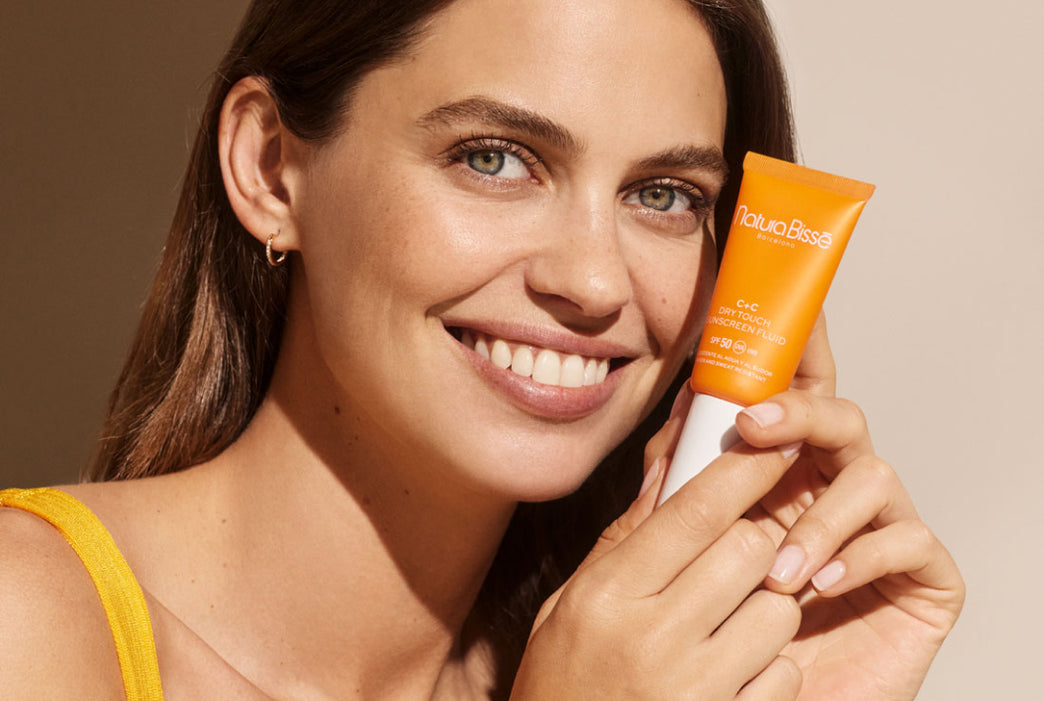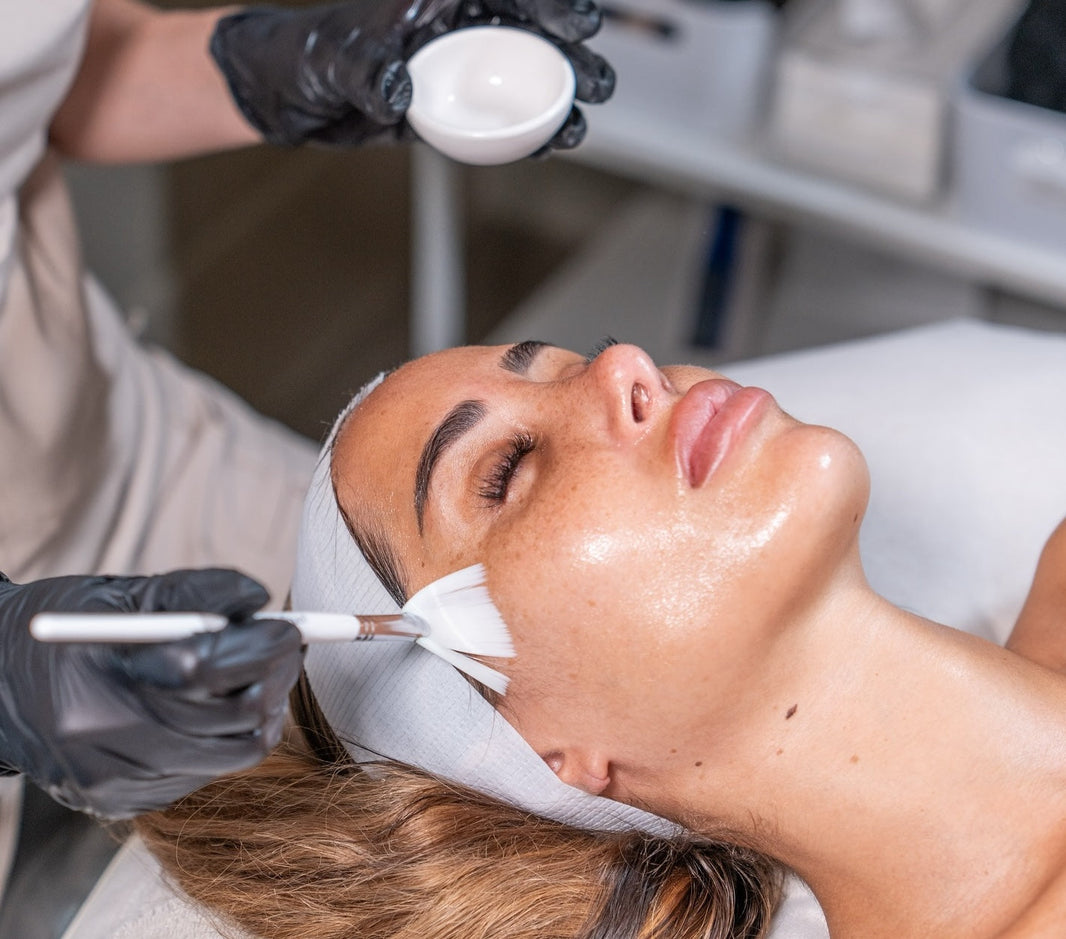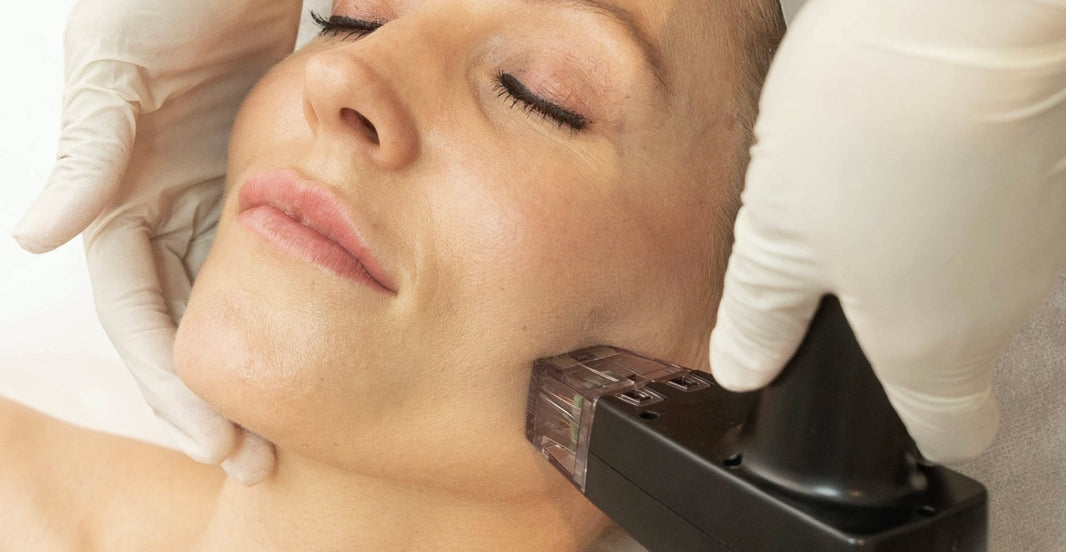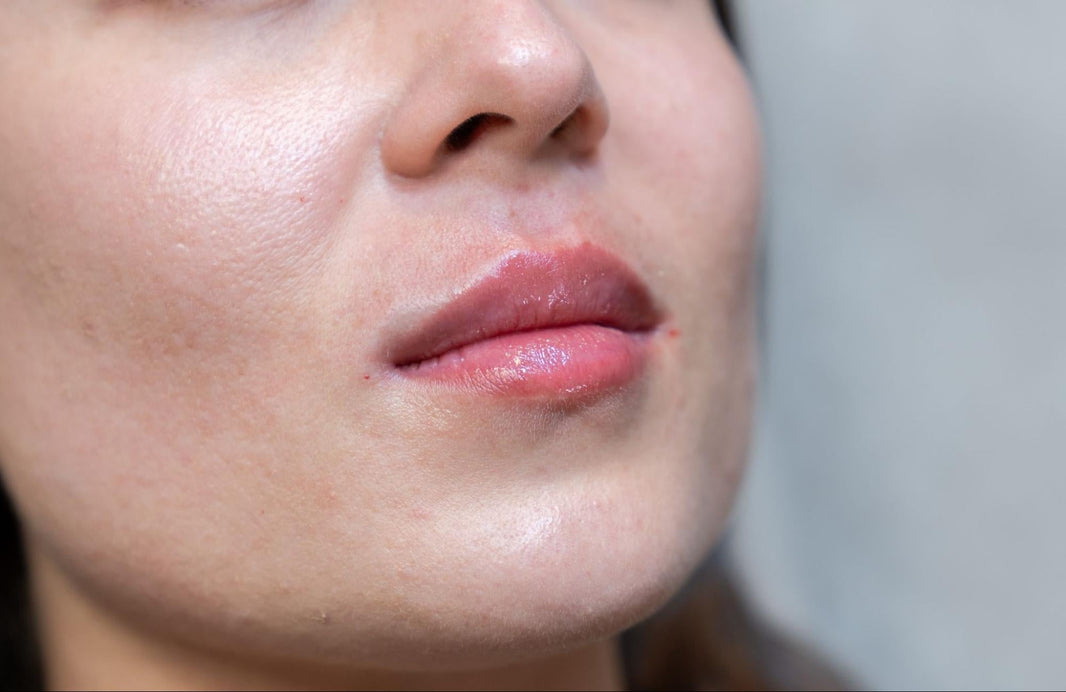As we age, the skin around our eyes starts to change. It may lose elasticity, become puffy, or start to sag. For some, this is simply a cosmetic concern. For others, drooping eyelids can affect vision, making everyday tasks like reading or driving more difficult.
Blepharoplasty, or eyelid surgery, is a procedure designed to address these issues by removing excess skin and repositioning fat around the eyes.
People choose to have blepharoplasty for different reasons. Some want a more refreshed appearance, while others need it to improve their vision. In either case, it’s a straightforward procedure that can make a noticeable difference.
If you’re considering eyelid surgery, it’s important to understand how it works, what to expect, and whether it’s the right option for you. In this guide, we’ll cover everything else you need to know.
What is Blepharoplasty
Blepharoplasty is a type of eyelid surgery that removes excess skin and adjusts fat around the eyes. It’s often done for cosmetic reasons, but in some cases, it can also improve vision if sagging skin is blocking the line of sight.
There are two main types of blepharoplasty:
-
Upper eyelid surgery – Upper blepharoplasty focuses on the upper eyelids, removing loose skin that can cause drooping. Some people choose this for a more alert appearance, while others need it to help with vision problems caused by excess skin.
-
Lower eyelid surgery – Lower blepharoplasty targets the area under the eyes, reducing puffiness or repositioning fat to smooth out hollows. It’s often done to reduce the appearance of under-eye bags.
Blepharoplasty can be either cosmetic or functional in nature. Cosmetic surgery is purely for appearance, while functional surgery is done to correct vision problems. In some cases, a person might have both concerns and benefit from a combination of the two.
Who is a Good Candidate for Blepharoplasty
Blepharoplasty is suitable for many people, but certain factors can help determine if it’s the right choice. Here are some things to consider:
-
Age and overall health – Most people who have this surgery are over 30, but younger individuals may also be eligible. Being in good health is important for proper healing.
-
Droopy or sagging eyelids – Excess skin on the upper eyelids can make the eyes look tired or even affect vision.
-
Puffiness or under-eye bags – Fat deposits can create a swollen or heavy appearance under the eyes.
-
Impaired vision – In some cases, excess skin can block peripheral vision, making everyday tasks more difficult.
-
Realistic expectations – The surgery can improve appearance and, in some cases, vision, but it won’t dramatically change facial structure.
-
Existing medical conditions – Certain conditions, such as dry eyes, thyroid disorders, diabetes, or heart problems, may increase the risks of surgery. A doctor will assess these factors before recommending the procedure.
Benefits of Blepharoplasty
Aesthetic Improvements
-
Creates a more youthful and refreshed look by reducing excess skin.
-
Helps smooth out wrinkles and fine lines around the eyes.
-
Reduces puffiness and under-eye bags, giving the face a more rested appearance.
Medical Benefits
-
Improves peripheral vision by removing excess skin that may be blocking the line of sight.
-
Reduces strain on the forehead muscles, which often compensate for drooping eyelids. This can help ease discomfort caused by constantly raising the eyebrows.
Psychological Benefits
-
Many people feel more confident after surgery, as their eyes look more open and alert.
-
Feeling more refreshed and less tired-looking can have a positive effect on self-esteem.
The Blepharoplasty Procedure
If you're considering blepharoplasty, it’s helpful to know what to expect before, during, and after the surgery. Here’s an overview of the process.
Pre-Surgery Preparations
-
Medical evaluation and consultation – A doctor will assess your eye health, overall fitness for surgery, and what results you can expect.
-
Lifestyle changes – You may need to stop smoking, avoid blood thinners, and follow any other medical advice to help with healing.
-
Setting realistic expectations – The surgery can improve appearance and vision, but it won’t drastically change facial structure. A discussion with your surgeon can help ensure you know what to expect.
Step-by-Step Process of the Surgery
-
Anaesthesia – The procedure is usually done under local anaesthesia with sedation, though some cases may require general anaesthesia.
-
Incisions – For upper eyelid surgery, the incision is made along the natural crease. For lower eyelid surgery, the incision can be just below the lashes or inside the eyelid (transconjunctival approach), which leaves no visible scar.
-
Fat removal or repositioning – Excess skin, fat, or muscle may be removed or adjusted to create a smoother, more natural look.
-
Closing the incisions – Stitches or skin glue are used to close the incisions, allowing the skin to heal properly.
Surgical Duration and Hospital Stay
-
The procedure typically takes 45 minutes to 2 hours, depending on whether both upper and lower eyelids are treated.
-
Blepharoplasty is usually done as an outpatient procedure, meaning you can go home the same day. However, you will need someone to drive you home and help you for the first 24 hours.
Side Effects of Blepharoplasty
Like any surgery, blepharoplasty comes with some temporary side effects. These are a normal part of the healing process and usually improve within a few weeks.
-
Swelling – The area around the eyes may look puffy for the first few days. Applying cold compresses and keeping your head elevated can help reduce this.
-
Bruising – Some bruising is expected, especially around the lower eyelids. It typically fades within 10 to 14 days.
-
Temporary blurred vision – Your eyes may feel dry or watery, which can cause slight blurriness. This usually improves as the healing progresses.
-
Light sensitivity – Some people find their eyes are more sensitive to light for a short time after surgery. Wearing sunglasses can help.
-
Mild discomfort – There may be some tightness or irritation around the eyelids, but this is usually manageable with prescribed or over-the-counter pain relief.
These side effects are temporary and should gradually improve. Your surgeon will provide you with aftercare instructions to aid in healing and ensure a smooth recovery. If anything feels unusual or doesn’t improve as expected, it’s always best to check with your doctor.
Frequently Asked Questions About Blepharoplasty
How long do the results of blepharoplasty last?
Upper eyelid surgery can last 5 to 10 years or longer, while lower eyelid surgery is usually permanent. However, natural ageing continues over time.
What does blepharoplasty do?
It removes excess skin, fat, or muscle from the eyelids to reduce sagging, puffiness, or vision obstruction, creating a more open and refreshed appearance.
What is the best age to get blepharoplasty?
Most people have the procedure in their 40s or 50s, but anyone over 18 with significant eyelid concerns may be a candidate.
How painful is eyelid surgery?
The procedure itself isn’t painful due to anaesthesia. After surgery, mild discomfort, tightness, or irritation is common but manageable with medication.
Is eyelid surgery considered major surgery?
Blepharoplasty is a minor surgical procedure that’s usually done on an outpatient basis, meaning you can go home the same day.
Is upper eyelid surgery worth it?
For those with droopy eyelids affecting vision or appearance, the procedure can provide long-lasting benefits, making daily tasks easier and improving confidence.
Related Articles
Cart
Don't miss out on the best deals!
Your cart may be empty now, but let us help you fill it up with amazing products.
- Choosing a selection results in a full page refresh.



 hristmas
hristmas



